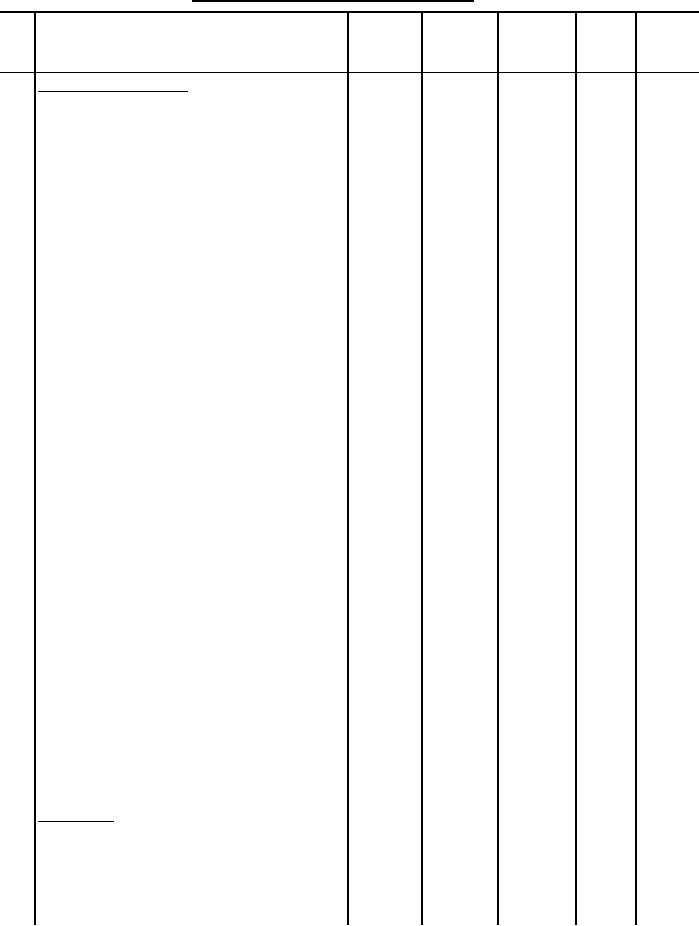
MIL-DTL-29451B(MC)
Manufacturing requirements - Continued.
TABLE I.
SEAM/
STCH
STCH
BOB/
NO
OPERATION
TYPE
TYPE
STCH/IN
NDL
LPR
9
(cont'd)
Make slash pockets.
g. Position the top welt on the
301
SSa-1
10-12
70
70
outside of fronts with the mark, and
with the folded edge of the welt
toward the back. Position one ply of
pocketing over the welt with the raw
edges even and notches matching.
Seam the pocketing through all plies
1/4 inch from the raw edge.
h. Position the bottom welt and
301
SSa-1
10-12
70
70
pocketing at the pocket mark and
follow the same operation as 9.f.
i. Cut the opening for the pocket.
Tongue notch the corners.
j. Turn the pocketing through the
opening to inside.
k. Raise stitch the bottom lower
301
LSg-2
10-12
70
70
(bottom) welt through the front and
(b)
the pocketing with a single row of
stitching 1/16 inch from the edge.
l. Fold the top welt over the inside
welt.
m. Sew tongues at the corners to the
301
SSa-1
10-12
70
70
welts on the inside with a single row
of stitching.
n. Raise stitch the seam joining the
301
LSq-2
10-12
70
70
top welt and the end of the opening
(b)
through the pocket with a single row
of stitching 1/16 inch from the edge.
o. Stitch around the pocketing with
301
SSa-1
10-12
70
70
a single row of stitching 1/2 inch
from the raw edge.
p. Secure the corners of each end of Bartack
28
the pockets at the base of the tongue
stitches
at the underside with a 1/2 inch to
per
5/8 inch per bartack. The front and
bartack
bottom of pockets shall hang free.
10 Join back.
Finished appearance. The center and
side back parts are joined to form a
bi-swing back. The seams shall be
made without puckers, pleats or
distortions.
13
For Parts Inquires call Parts Hangar, Inc (727) 493-0744
© Copyright 2015 Integrated Publishing, Inc.
A Service Disabled Veteran Owned Small Business